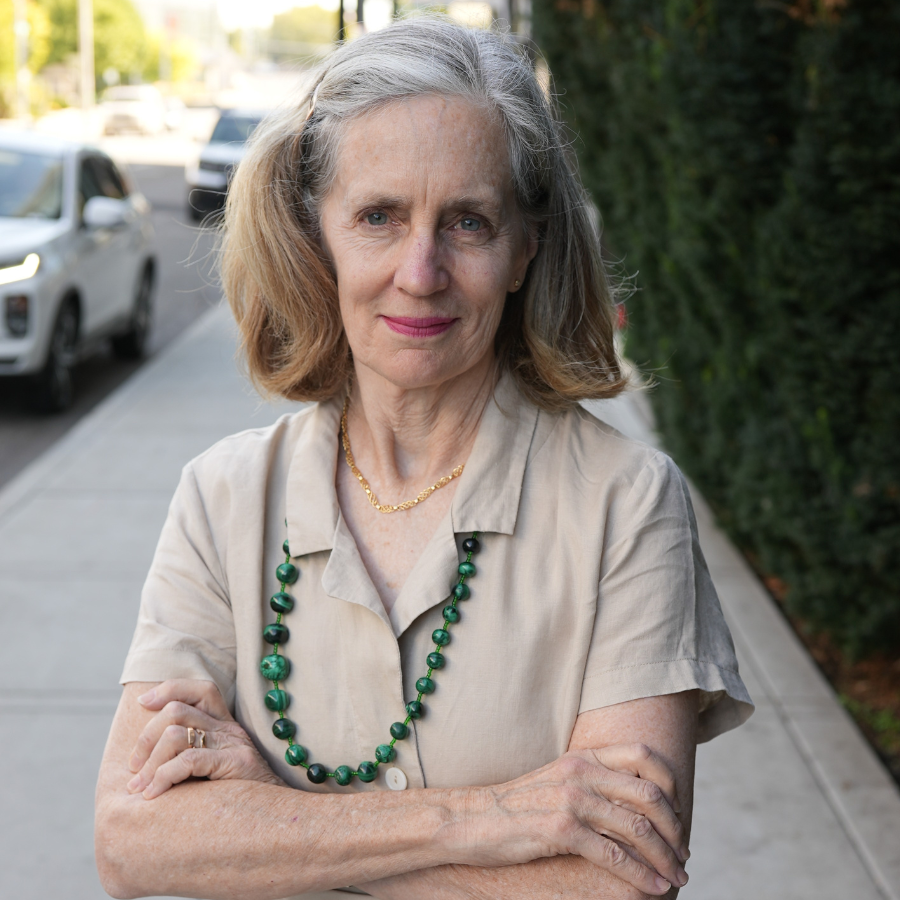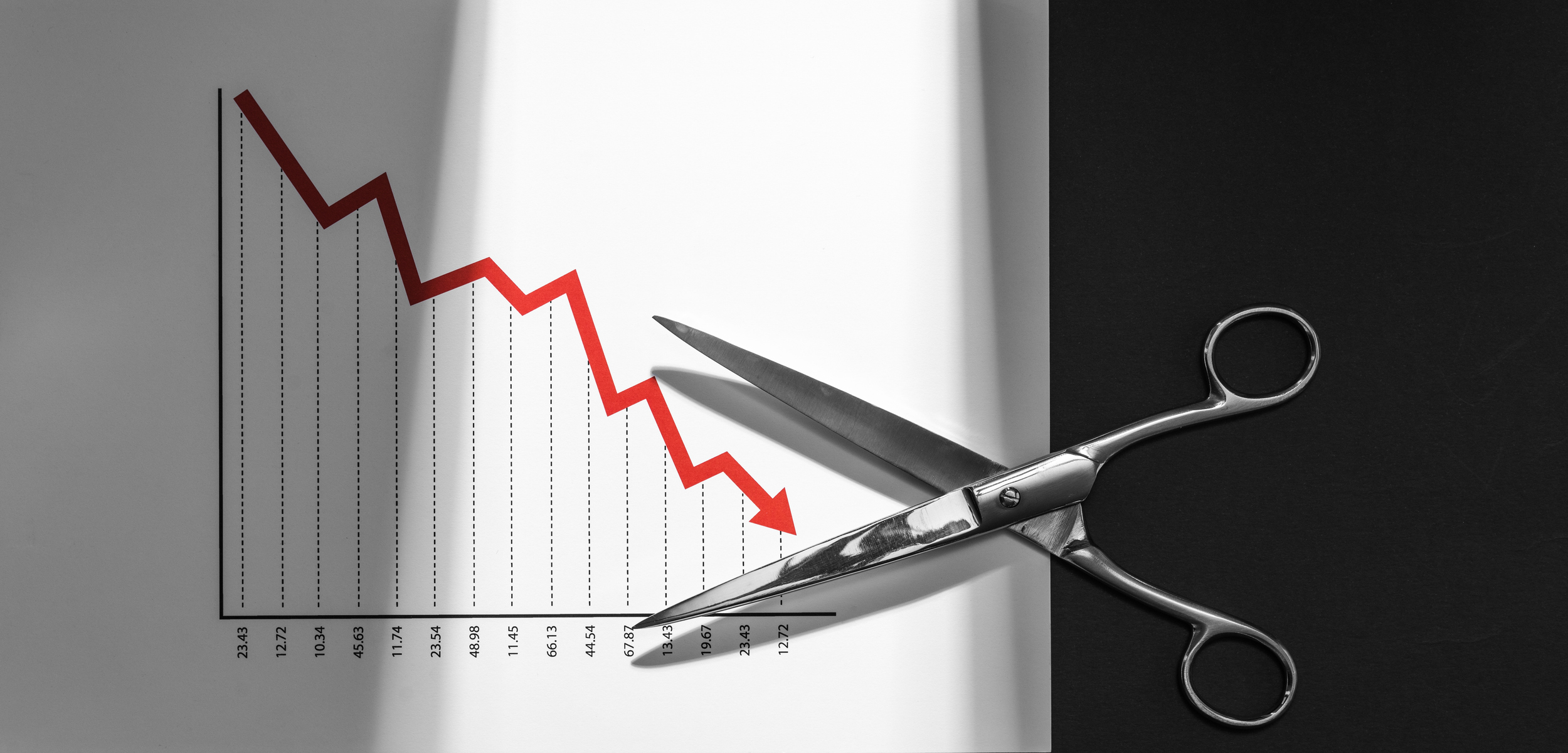An informative article in The Seattle Times reports on why many parents are enrolling their children in public charter schools. The article describes students whose zip-code assigned school was not working for them.
Jaliel Fellow, age 11, developed severe testing anxiety in third grade, and for him school was misery. Miles Wilson, 12, whose West Seattle public school had failed to identify his learning disability, cried and hid under a table because he believed he was not smart. Ninth-grader Charlie Budd needed a school that would let him proceed at his own, fast pace. All these children are benefitting from new educational choices made possible by charter public schools.
Charter school choice highlights the frustration many families feel at zip-code-based assignment policies. As one parent, Zakiyyah Ali, put it:
“In Seattle Public Schools, they just throw in the kids and good luck. Nobody gets what they need because the teachers are spending all their time keeping order.”
Shirline Wilson, who enrolled Miles in Rainier Prep Charter School in South Seattle/Highline, says the school is “truly transformative.”
Seattle families are grateful to have a charter school option. About 2,500 school children statewide are already benefitting from charter schools, and most schools have a waiting list.
Naturally, managers of the status quo are defensive. Seattle School Board president Leslie Harris says she implores parents to give her more time. Yet she recently spearheaded an effort to block families from attending a new charter school in the Rainier Valley.
We’ve heard the give-us-more-time line before. For decades elected officials have touted a series of announcements and five-year plans with the promise of improving schools. Remember Washington Learns, Formula for Success, Every Child Learns, Excellence for All, Results Washington? None made a lasting difference, but they were effective at producing consistent calls for more money.
In the meantime, children either dropped out or aged out of the public system, often with a sub-par education, while their peers who had access to private school, online learning, public charter schools and homeschooling embarked on life with a head start.
No wonder parents and taxpayers are tired of waiting. Forty-three states have charter schools, and 32 states provide funding that lets children attend private schools.
The shift to school choice is unstoppable. The popular trend represents the future of public education. In a world of smart phones, social media and near-universal internet, more students are wondering why they should remain stuck in an old-fashioned, zip-code-based monopoly school, while their peers are given access to exciting new learning opportunities.



